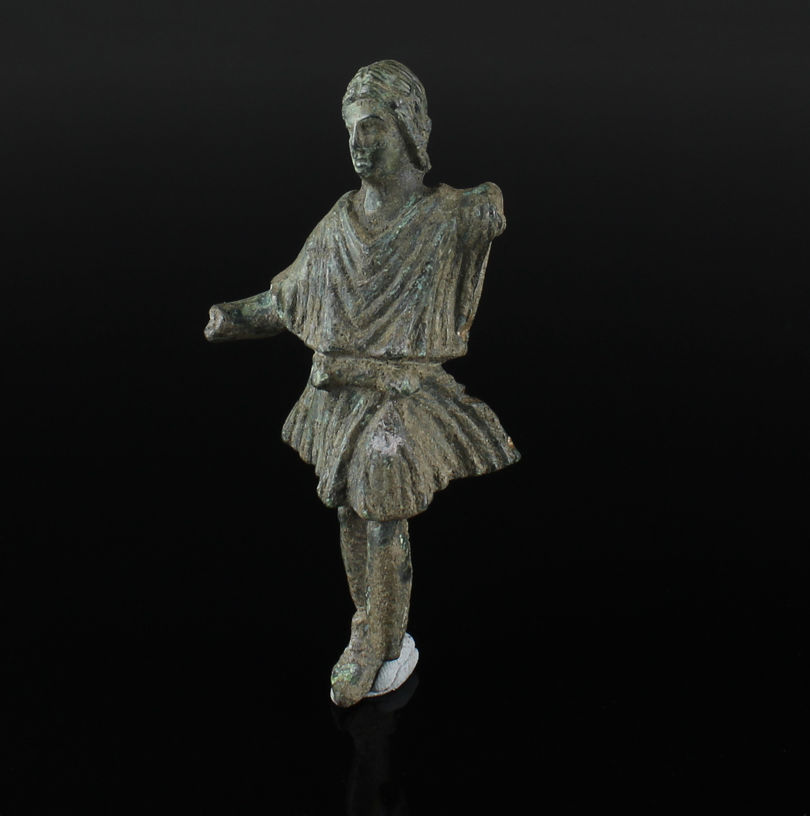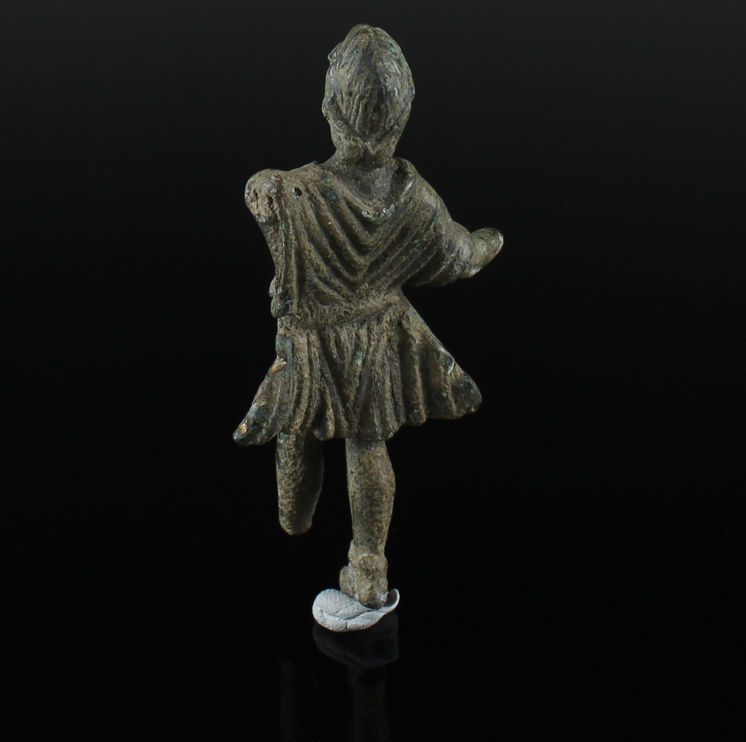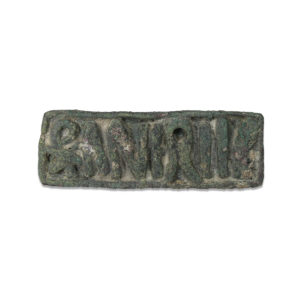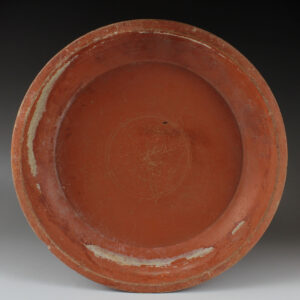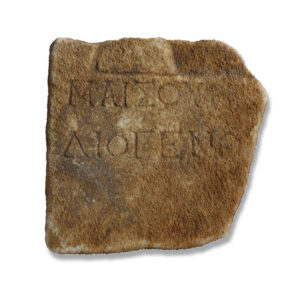Description
| ITEM | Statuette of a Lar |
| MATERIAL | Bronze |
| CULTURE | Roman |
| PERIOD | 1st – 3rd Century A.D |
| DIMENSIONS | 75 mm x 33 mm |
| CONDITION | Good condition |
| PROVENANCE | Ex Emeritus collection (USA), collected from the 1950’s to the 1980’s by a distinguished university professor who served as Department head, Dean and Vice President of a major university. |
In ancient Roman religion, the term lar refers to a household deity or spirit associated with the protection and prosperity of the family and home. The Lar was believed to be a guardian of the household, overseeing the well-being of its members and ensuring that the home was safe from harm. Each Roman family typically had its own Lar, which was honored through various domestic rituals and offerings. The veneration of these deities was an integral part of daily life and reflected the Romans’ belief in the presence of divine forces within the domestic sphere.
The representation of the Lar in Roman art often depicted the deity in a simple and approachable form, usually as a youthful figure or sometimes as an older, bearded man. The Lar was often shown with a short tunic, and in some depictions, it was accompanied by symbols of household prosperity, such as a cornucopia or a patera (a shallow dish used in offerings). Small household shrines, known as lararia, were dedicated to these deities and were typically located in a special part of the home. These shrines contained images or statues of the Lar, and family members would make offerings and perform rituals at these altars to honor the deity and seek their protection.
In addition to their role within the household, Lares were also part of broader religious practices. They were associated with the penates, another class of household deities that were considered guardians of the pantry and the family’s food supply. Together with the Penates, the Lares were integral to the Roman familia’s religious life, ensuring both physical and spiritual nourishment. The veneration of these deities was not limited to private homes; there were also public ceremonies and rituals that involved Lares, reflecting their importance in Roman society.
The concept of the Lar illustrates the Romans’ emphasis on the integration of religious practice into daily life. By venerating these household deities, Romans sought to ensure the stability and prosperity of their homes and families. The practice of honoring Lares through domestic rituals and offerings highlights the significance of personal and familial relationships with the divine in Roman culture. The study of Lares and their role in Roman religion provides valuable insights into the ways in which religious beliefs were woven into the fabric of everyday Roman life.


